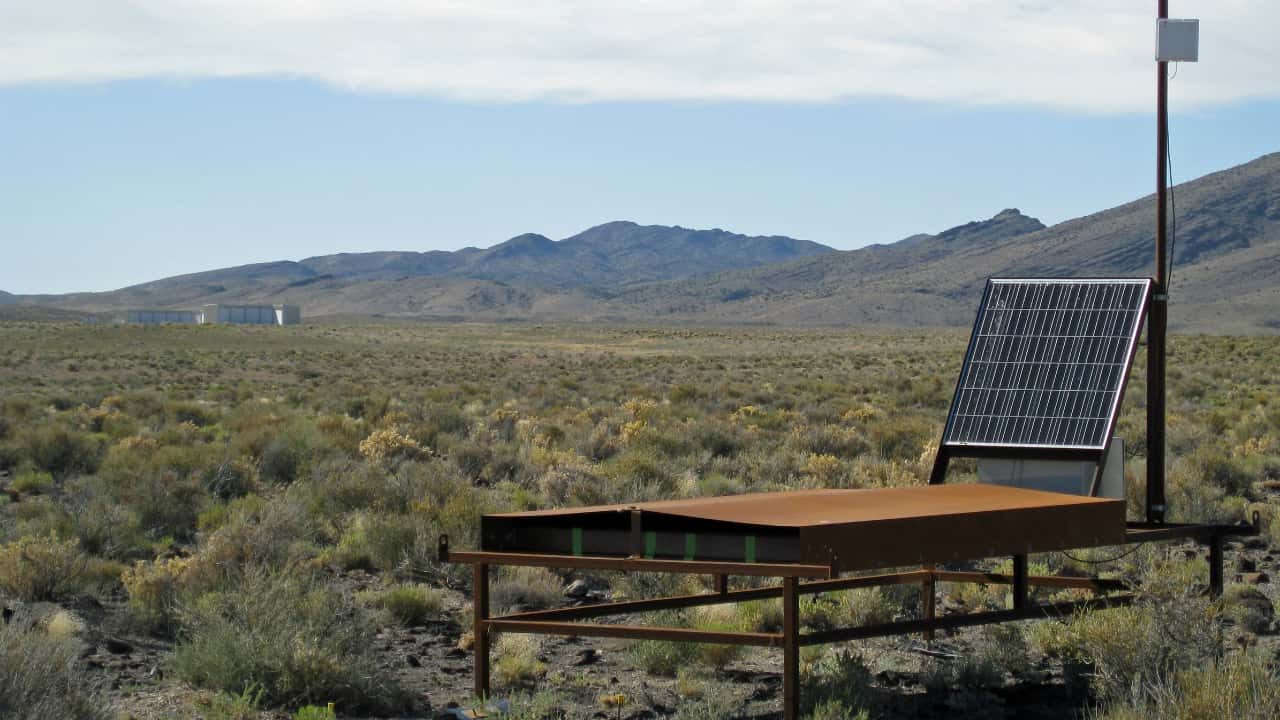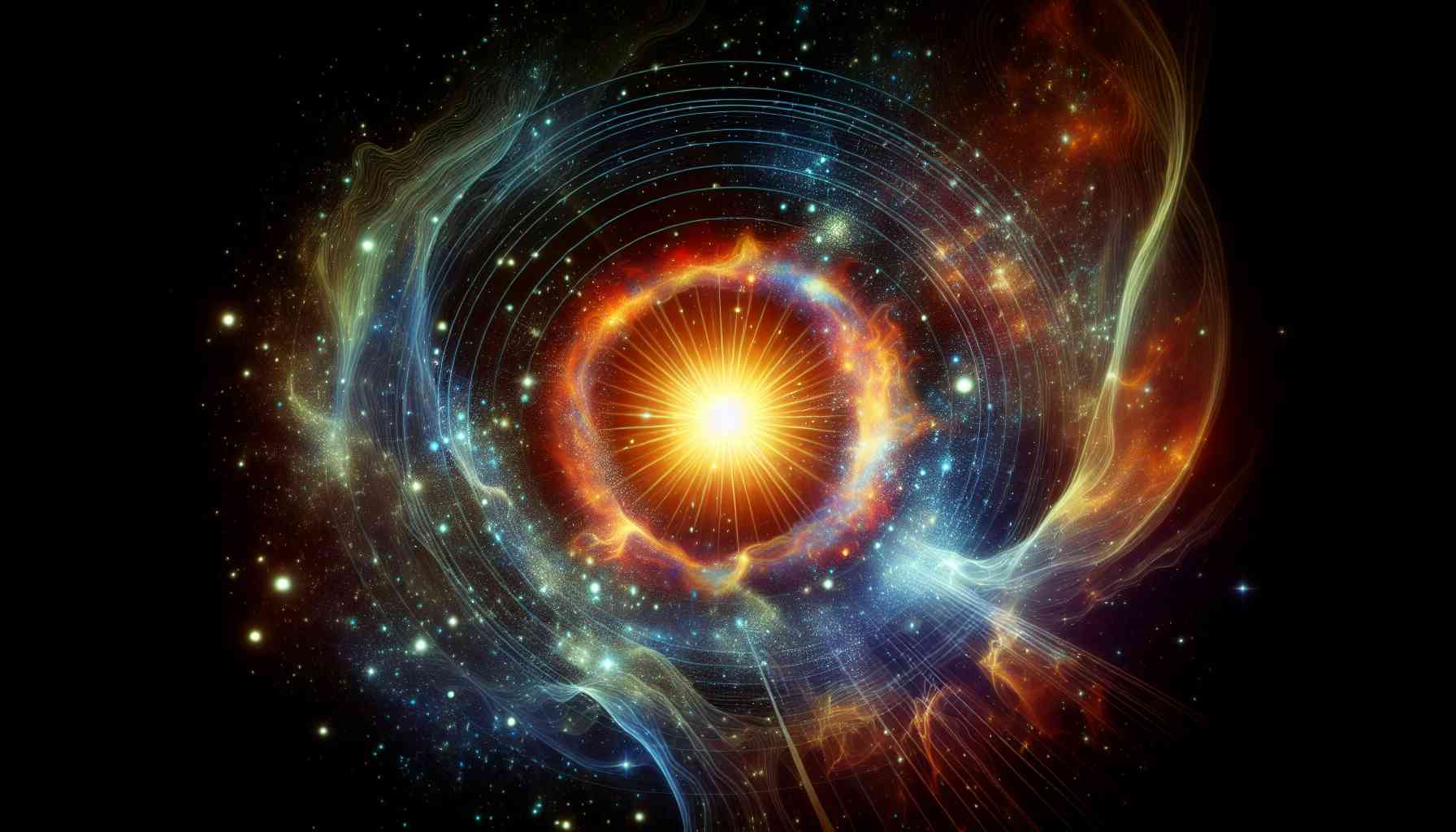For years, physicists have unearthed various particles like the famed Higgs Boson and the astoundingly energetic “Oh My God!” particle, but now, a particle named after the sun goddess Amaterasu has emerged, captivating scientists with its unprecedented energy levels.

The Sun Goddess Amaterasu has unveiled a newfound mystery in the realm of physics, marking a significant leap in understanding cosmic particles
This particle, fittingly named after the Japanese mythological deity associated with the sun, holds energy levels a million times greater than what even the most powerful human-made particle accelerators can generate. Named “Sun Goddess Amaterasu,” it descended upon Earth amidst a shower of other cosmic particles, akin to the enigmatic “Oh My God!” particle originating from distant cosmic regions.
Much like its mythological namesake, the Sun Goddess Amaterasu particle veils itself in mystery, leaving its discoverers, led by researcher Toshihiro Fujii from Osaka Metropolitan University, puzzled about its origins and nature. This particle, detected by the Telescope Array experiment in Utah, surpasses the energy levels recorded in the past 30 years of cosmic ray detections.
Initially perceived as a potential error by researchers due to its unprecedented energy, the Sun Goddess Amaterasu particle has opened doors to a new branch of high-energy astrophysics
Fujii speculates on potential origins, considering phenomena beyond the existing Standard Model of particle physics, such as gamma-ray bursts, supermassive black hole jets, or even exotic scenarios involving super heavy dark matter decay.
The team’s groundbreaking discovery, set to be published in the journal Science on Nov. 24, 2023, heralds a new era of cosmic particle exploration. With upgraded sensitivity, the researchers aim to delve deeper into understanding the enigmatic Amaterasu particle, inviting next-generation observatories to join in decoding the mysteries it holds. Fujii expressed his excitement in unraveling this scientific puzzle, igniting enthusiasm for uncovering the secrets concealed within the Sun Goddess Amaterasu particle.




